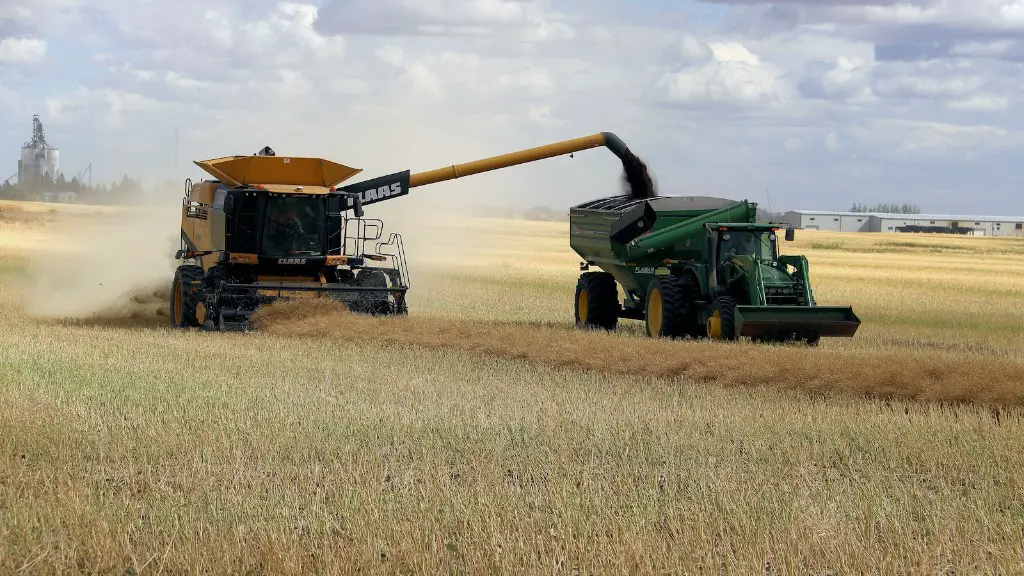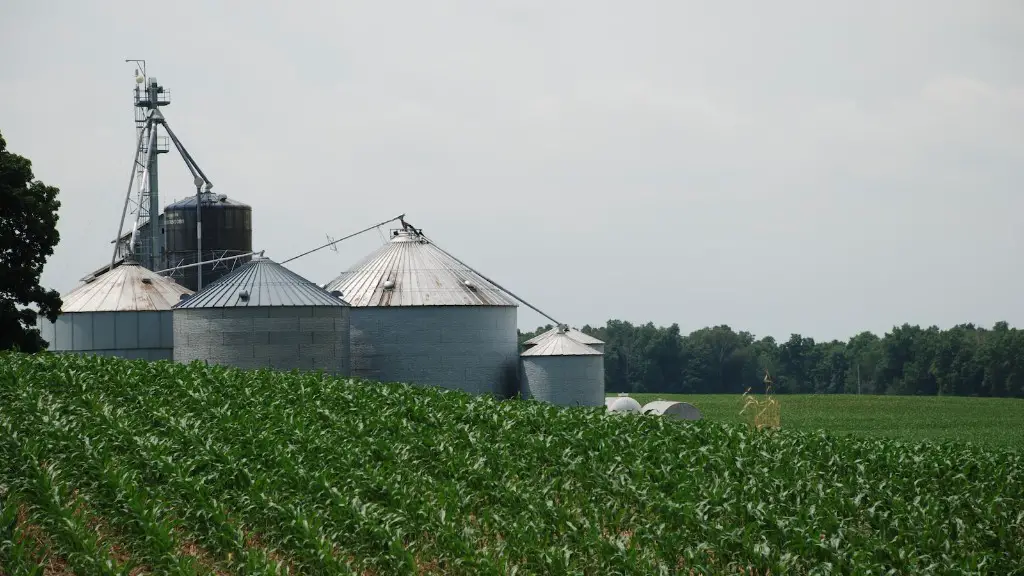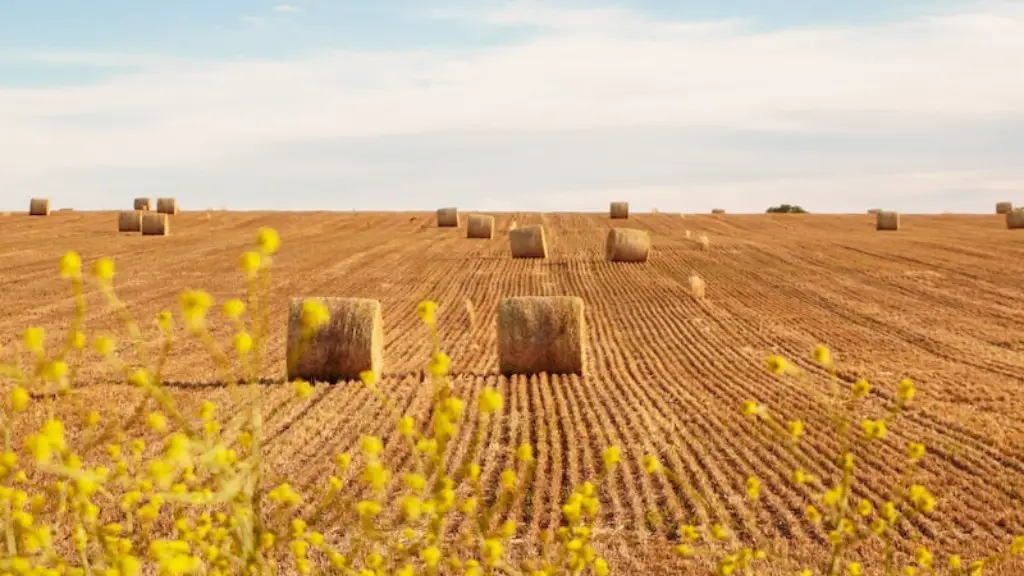Technology has had a major impact on agriculture in recent decades, transforming the sector from a laborious, manual affair to a high-tech industry. By utilizing robotics, drones, AI, big data, satellites, and GPS, agritech has optimized the various processes of farming from cultivation to harvesting and distribution. Here, we take a look at a few ways technology has improved agriculture.
Climate adaptability
One of the major benefits of technology in agriculture is its capacity to offer farmers greater climate adaptability. By monitoring climate data, farmers are able to better predict inclement weather, seasonal fluctuations, and drought conditions. Thermometers, sensors, soil moisture detectors, and cameras now help farmers adjust their irrigation strategies and crop rotation to these conditions, while they can also track rainfall, growth rates, and yield. With more accurate data and predictions, farmers are more prepared to withstand whatever Mother Nature throws at them.
Improving crop quality
Not only has technology enabled farmers to increase their yield and output, but it has also helped improve the quality of crops. With AI-powered cameras, farmers can better detect disease or pests at earlier stages, improving the overall health of their crop. Synthetic fertilizers, weed killers, and pest-resistant crop varieties have all helped farmers improve crop quality and eliminate soil degrading chemicals. By tracking information and data on soil composition, farmers can now monitor the pH levels, aerosol, and trace elements of the soil to inform their crop management.
Resource conservation
Technology has also enabled farmers to become more efficient with the resources they use. Controlled irrigation systems mean irrigation water gets to where it needs to be, while variable-rate technology (VRT) ensures the right amount is applied. Plant diagnostics, drones, and robots allow more precision in the field, reducing waste and ensuring only the right amount of chemical inputs are used. Furthermore, satellite imagery has enabled farmers to identify irrigation, nutrient, and weed issues before they reach a crisis stage.
Farm Management
Farm management has also been improved through technology, from tracking and managing livestock to managing expenses and finances. Data collected from farm machinery or sensors can help farmers analyze and optimize their operations, while IoT devices enable real-time monitoring of livestock and crops. With cloud-based bates, farmers can now easily monitor and analyze their data in one place, without the need for manual calculations. This helps them make informed decisions on crop rotation, fertilization, planting, and harvesting.
Communication and Marketing
Technology has made it significantly easier for farmers to communicate and market their products. Social media platforms, digital advertising, and contactless payments have all helped farmers in their contact and marketing efforts. Online marketplaces, such as Amazon and eBay, are starting to provide new opportunities for farmers to not only sell their product but build a relationship with their customers. This has opened up a range of new possibilities for farmers, from direct-to-consumer sales to local delivery services.
Precision agriculture
Lastly, precision agriculture has enabled farmers to better optimize their yields. Through the use of drones and sensors, farmers can now collect detailed information on a particular field. This helps them better manage resources and inputs to keep costs down, increase yields, and reduce environmental impact. With the help of automation and AI, farmers can now more accurately map out fields, respond to changing conditions, and make decisions quickly.
Increased Efficiency
One of the biggest benefits technology has brought to agriculture is increased efficiency. Through data-driven agriculture, farmers can now utilize digital systems to monitor and control their operations. This includes everything from machinery to logistics and distribution. The use of automated machinery, robots, and unmanned aerial vehicles reduces labor costs, while data-driven insights allow more informed decision-making. What’s more, IoT trackers make it easy to monitor livestock and supplies.
Reduced Risk
Technology has also enabled farmers to reduce their risk when it comes to their operations. AI-powered cameras and sensors allow them to monitor the health of their crops from a distance. This helps identify issues such as disease, pests, or weed infestation before they become a major issue, enabling farmers to act quickly and reduce their losses. Similarly, climate data can be monitored to adjust irrigation strategies and plan for any inclement weather. By utilizing technology, farmers can better prepare for anything that could potentially cause them a loss.
Data Management
Lastly, technology has helped make data management within the agricultural sector much easier. Through cloud-based platforms, farmers can track and store their data in one place and easily analyze it over time. This includes everything from financial figures to weather patterns, crop health, and soil composition. With the help of AI and machine learning, this data can be collated and analyzed to help farmers make better decisions and optimize their operations.


